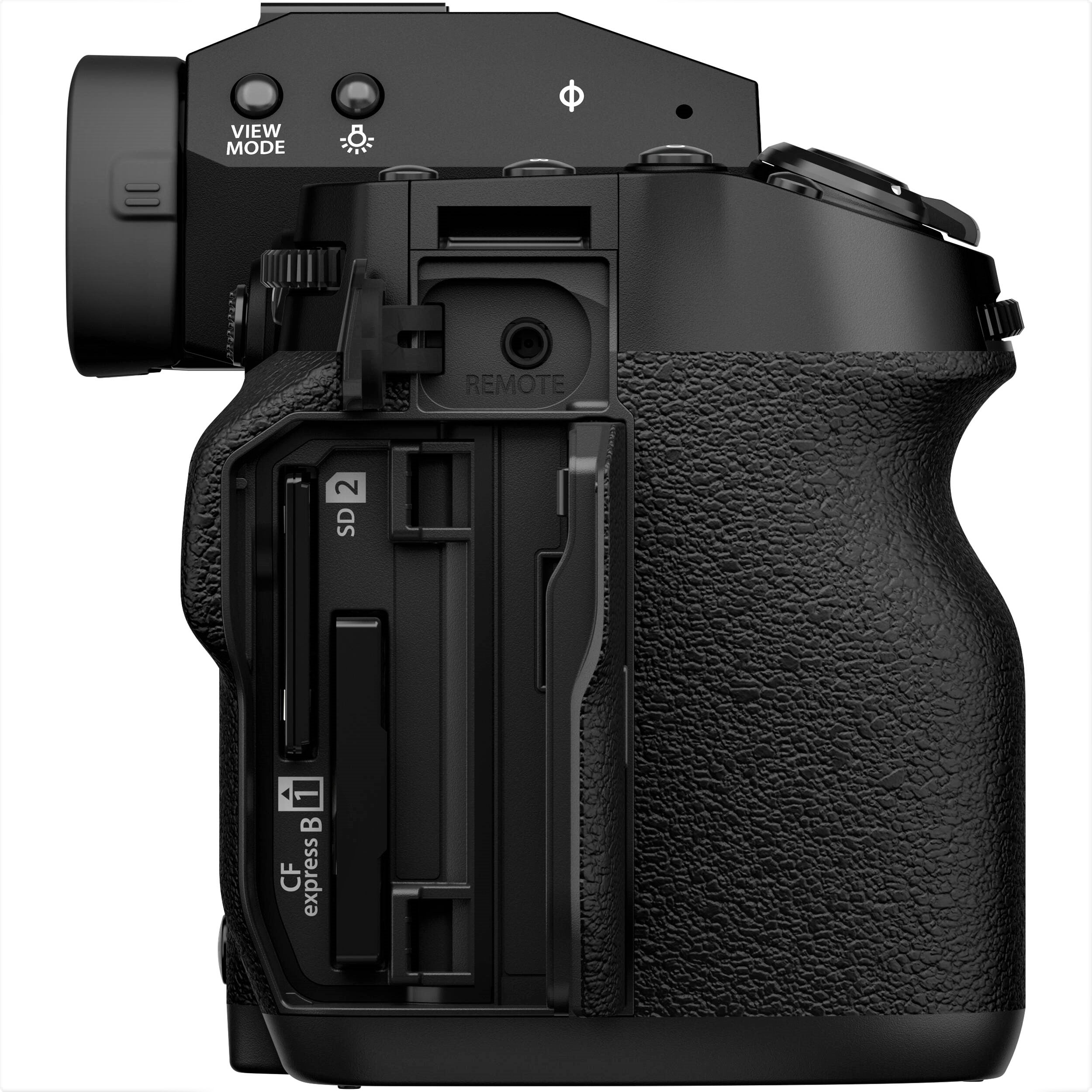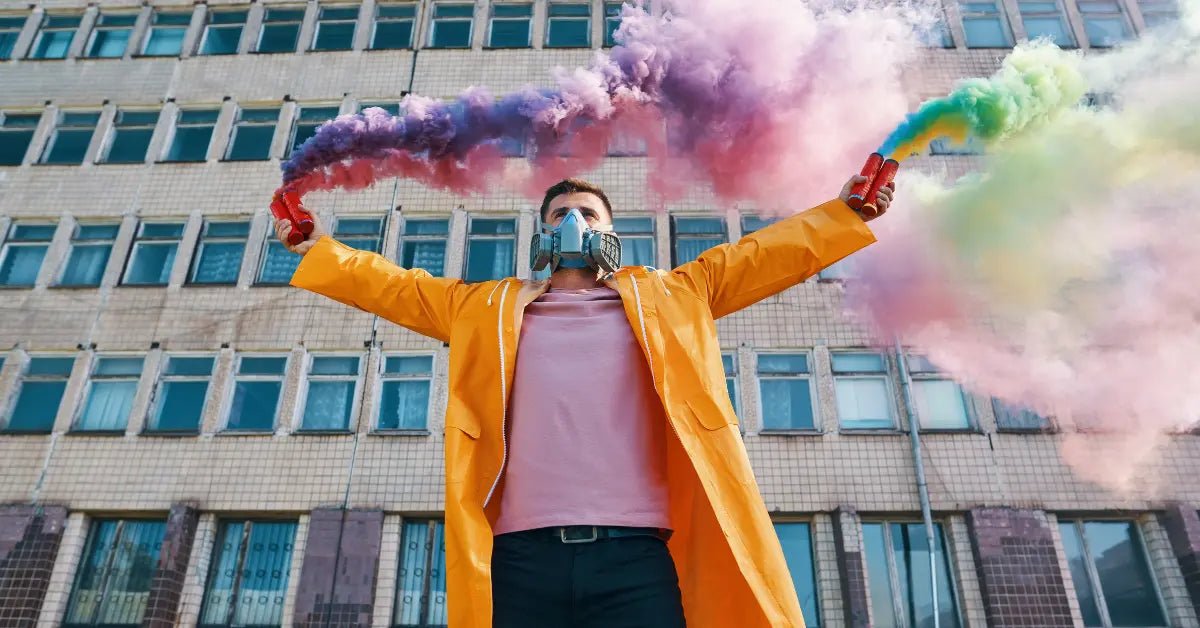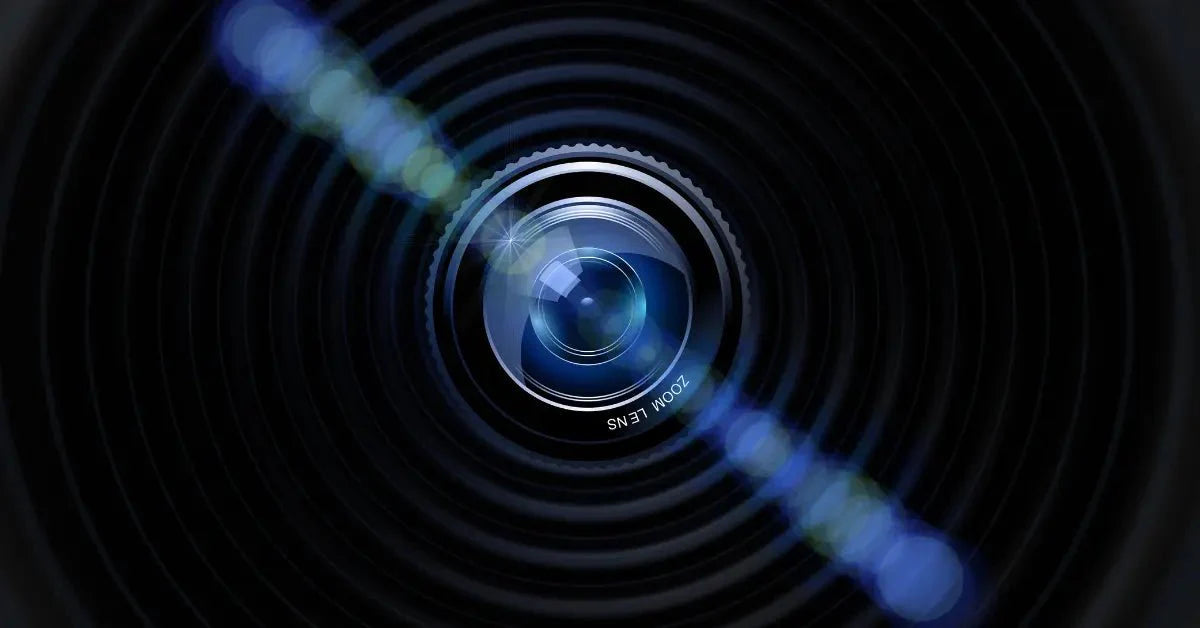Have you ever looked at a photograph and felt an immediate connection, as if the image was speaking directly to you? This isn't just serendipity—it's often the result of meticulous design and composition techniques used by photographers.
One such technique is the "Rule of Odds," a principle that subtly guides the viewer's eye and evokes a deeper aesthetic pleasure.
In this blog, we'll look into what the Rule of Odds in Photography is, why it works, and how you can leverage it to transform your photography from good to great. Ready to see your photos in a new light? Let's dive in.
Understanding the Rule of Odds in Photography
What is the Rule of Odds?

The Rule of Odds is a straightforward tip that photographers use to enhance the visual appeal of their images. Here's the idea: an odd number of subjects in a shot—such as three flowers, five rocks, or a single coffee cup—often looks more appealing. Odd numbers create a sense of visual harmony that seems more organic and less contrived.
Consider a scenario with three elements: the central item naturally becomes the focal point, shining as the main attraction. This central feature establishes equilibrium and captures interest, while the additional elements act as supporting characters, akin to sidekicks.
This arrangement lends a more casual and authentic vibe to the scene, as opposed to a feel of deliberate placement. That’s why using odd numbers can elevate your photographs!
Psychological Impact

Our brains tend to favor odd numbers, and this preference extends beyond mere superstition into the realm of photography. Odd numbers facilitate a centered composition that feels inherently balanced and aesthetically pleasing.
When observing a photo that features an odd number of elements, your attention is naturally drawn to the center. This central focus typically highlights the main subject, akin to a lead singer flanked by supporting performers.
Such an arrangement not only captures your attention but also enhances the photo's memorability. This technique makes the visual presentation not only appealing but also strikingly effective.
How to Use the Rule of Odds in Photography

Here’s an easy way to think about it—picture yourself outside, seeing three birds on a branch. Now imagine only two, or even four. Different vibe, right?
With three, the center bird shines, becoming the focus. This sets a harmonious scene, unlike an even number where your eyes might roam, searching for a focal point.
This isn’t just about birds; it applies universally. From arranging a bouquet to capturing a bustling street or a lone tree against a sprawling backdrop, using an odd number of elements can seriously boost your photo's impact. It's not merely about the count; it’s about weaving a visual narrative that just feels right and draws viewers in.
Next time you’re snapping photos, remember: odd numbers. This simple tip might just take your shots from okay to stunning.
Advanced Techniques

Beyond Basic Counting
You understand the basics—using odd numbers in your compositions enhances your photos. Want to really master the Rule of Odds?
Let’s refine your approach. Experiment with lighting. Play with shadows. Notice the interaction within your frame. Here’s your next step: focus on the details.
- Play with Contrast and Color: Color and contrast do more than beautify; they guide the viewer’s focus effectively. Consider adding a bold color or a sharp contrast to emphasize your primary subject. Picture a lone red apple in a group of green ones. Your eye is drawn there immediately, demonstrating the striking influence of contrast and color.
- Add Depth to Your Shots: Flat images often feel lifeless. Spice things up by introducing depth. Imagine positioning a single flower near the lens, with others gently blurring in the distance. This technique not only taps into the Rule of Odds, it also imbues your photos with a professional flair—like it was all perfectly planned.
- Encourage Interaction: In photography, arranging your subjects to interact naturally can greatly enhance the visual flow of an image. You might position objects to face each other or direct people’s gazes toward significant elements in the frame. It creates a kind of visual dance, where every part harmonizes beautifully.
- Keep It Casual and Fun: The Rule of Odds is just a suggestion, not a strict rule. Have fun and try new things. Often, the most memorable shots break the rules slightly. So, grab your camera. Experiment with different techniques. play around with these techniques, and see what amazing compositions you can create. Happy shooting!
Conclusion
Exploring the Rule of Odds is not merely about taking better photos; it’s about designing scenes that immerse viewers deeply into your narrative. Consider this: using this smart composition technique isn’t only about arranging subjects—it’s about creating memorable images. And that’s the ultimate goal, right?
Here's what truly matters: persistence. Continuously experimenting with various arrangements and refining your technique sharpens your photographic skills. It's a blend of experimentation, mistakes, and self-review.
So, are you prepared to enhance your photography skills significantly? Visit Nuzira for outstanding tips and inspiration.
Whether you're a novice or a seasoned photographer, there’s always something new to learn. Join us, and let’s create stunning photos together!






